Krishna Reddy Konda
DiffPrompter: Differentiable Implicit Visual Prompts for Semantic-Segmentation in Adverse Conditions
Oct 06, 2023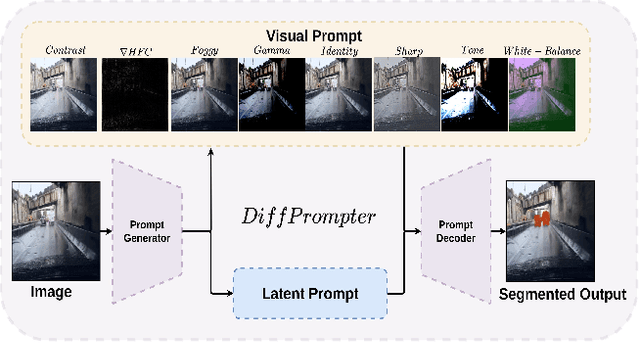



Abstract:Semantic segmentation in adverse weather scenarios is a critical task for autonomous driving systems. While foundation models have shown promise, the need for specialized adaptors becomes evident for handling more challenging scenarios. We introduce DiffPrompter, a novel differentiable visual and latent prompting mechanism aimed at expanding the learning capabilities of existing adaptors in foundation models. Our proposed $\nabla$HFC image processing block excels particularly in adverse weather conditions, where conventional methods often fall short. Furthermore, we investigate the advantages of jointly training visual and latent prompts, demonstrating that this combined approach significantly enhances performance in out-of-distribution scenarios. Our differentiable visual prompts leverage parallel and series architectures to generate prompts, effectively improving object segmentation tasks in adverse conditions. Through a comprehensive series of experiments and evaluations, we provide empirical evidence to support the efficacy of our approach. Project page at https://diffprompter.github.io.
GDIP: Gated Differentiable Image Processing for Object-Detection in Adverse Conditions
Sep 29, 2022
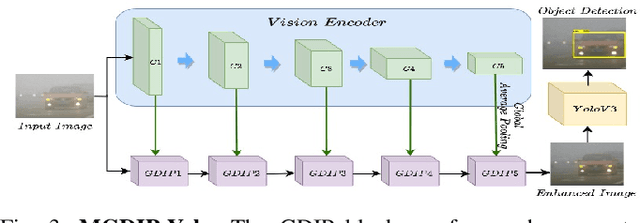
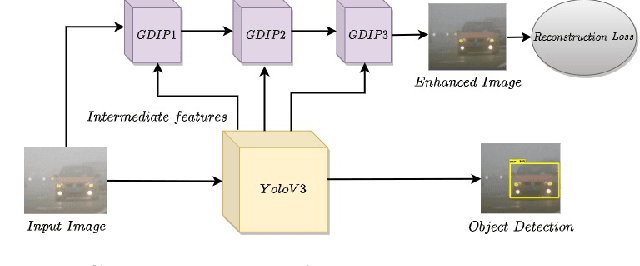
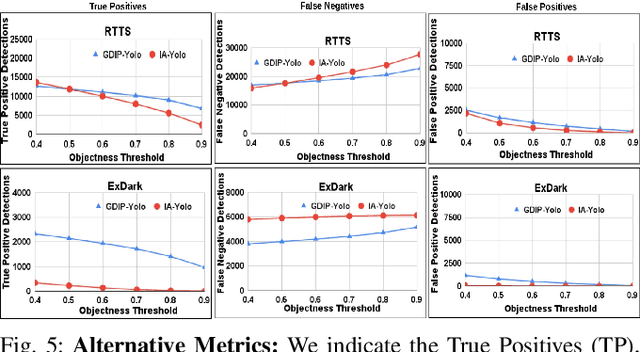
Abstract:Detecting objects under adverse weather and lighting conditions is crucial for the safe and continuous operation of an autonomous vehicle, and remains an unsolved problem. We present a Gated Differentiable Image Processing (GDIP) block, a domain-agnostic network architecture, which can be plugged into existing object detection networks (e.g., Yolo) and trained end-to-end with adverse condition images such as those captured under fog and low lighting. Our proposed GDIP block learns to enhance images directly through the downstream object detection loss. This is achieved by learning parameters of multiple image pre-processing (IP) techniques that operate concurrently, with their outputs combined using weights learned through a novel gating mechanism. We further improve GDIP through a multi-stage guidance procedure for progressive image enhancement. Finally, trading off accuracy for speed, we propose a variant of GDIP that can be used as a regularizer for training Yolo, which eliminates the need for GDIP-based image enhancement during inference, resulting in higher throughput and plausible real-world deployment. We demonstrate significant improvement in detection performance over several state-of-the-art methods through quantitative and qualitative studies on synthetic datasets such as PascalVOC, and real-world foggy (RTTS) and low-lighting (ExDark) datasets.
Contextual road lane and symbol generation for autonomous driving
Jan 18, 2022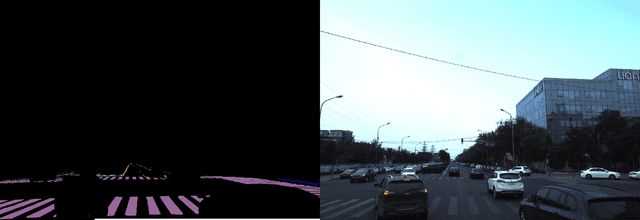
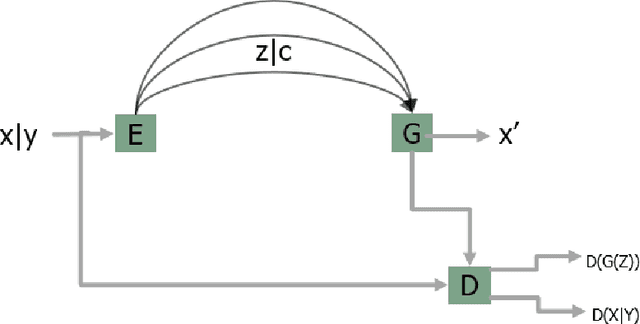
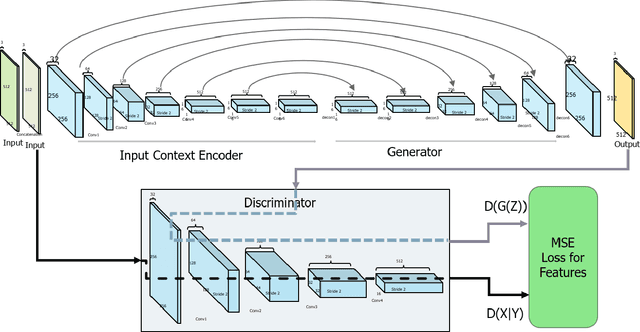
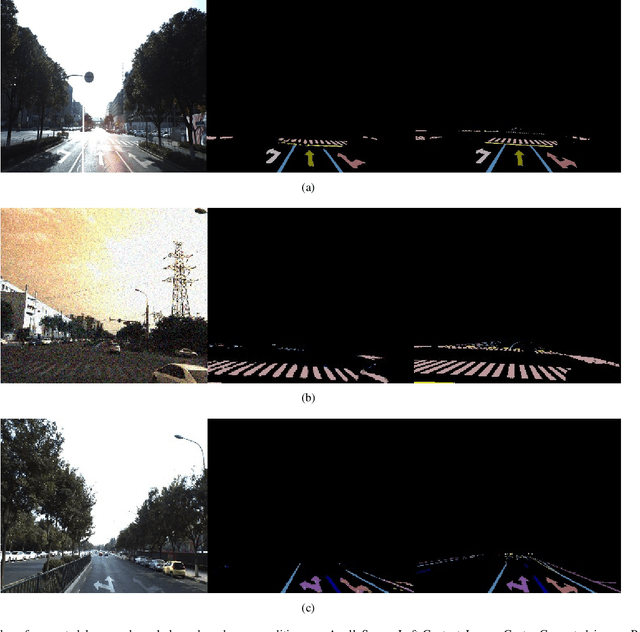
Abstract:In this paper we present a novel approach for lane detection and segmentation using generative models. Traditionally discriminative models have been employed to classify pixels semantically on a road. We model the probability distribution of lanes and road symbols by training a generative adversarial network. Based on the learned probability distribution, context-aware lanes and road signs are generated for a given image which are further quantized for nearest class label. Proposed method has been tested on BDD100K and Baidu ApolloScape datasets and performs better than state of the art and exhibits robustness to adverse conditions by generating lanes in faded out and occluded scenarios.
 Add to Chrome
Add to Chrome Add to Firefox
Add to Firefox Add to Edge
Add to Edge